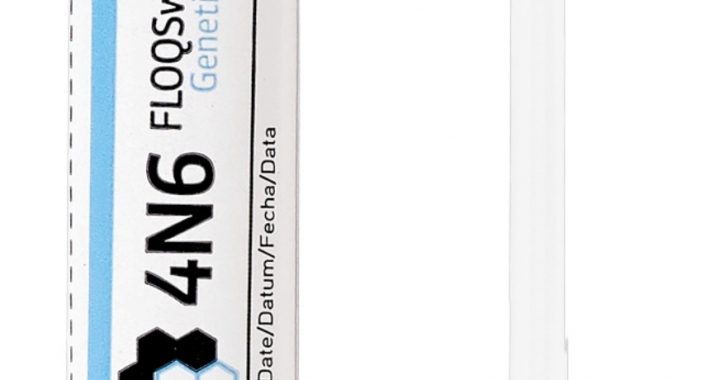When it comes to DNA collection, two widely used tools are DNA flocked swabs and detached cell collectors. Both have their unique advantages depending on the nature of the sample and the intended analysis. DNA flocked swabs are designed with a brush-like fiber structure that allows for superior sample collection, particularly for surface or moist samples, whereas detached cell collectors provide a more precise means of collecting cells from surfaces or fluids. Understanding the differences between these tools can help forensic professionals, medical experts, and researchers choose the right tool for their specific application.
DNA Flocked Swabs
DNA flocked swabs have a specialized fiber structure that enhances the collection of biological material, especially DNA. The fibers on the swab’s tip are designed to “flock” or capture biological material more efficiently than traditional cotton swabs. They are highly effective for collecting evidence from a variety of surfaces, including skin, clothing, and hard surfaces at crime scenes.
Features:
-
High Absorption: The fibers on the swab’s surface are highly effective at absorbing and collecting DNA from the sample.
-
Non-Contaminating: The fiber design ensures minimal risk of contamination from the swab itself.
-
Precision: The structured fibers capture even small or minute DNA samples without losing the evidence during transfer.
Applications:
-
Forensic Evidence: Ideal for crime scenes where DNA needs to be collected from skin cells, blood, saliva, or other bodily fluids.
-
Medical Diagnostics: Used for viral and bacterial DNA collection in swab tests.
-
Research: Essential in genetic studies where contamination control is critical.
Detached Cell Collectors
Detached cell collectors are instruments designed to collect cellular material, particularly from surfaces or fluids, without disturbing or contaminating other evidence. These collectors are often used in research and forensic environments where precise extraction of cells is needed, and they are particularly effective for environments where a high degree of sample purity is required.
Features:
-
Cell-Specific Collection: Specifically designed to gather cellular material with high accuracy.
-
Minimized Contamination: The design limits contamination by focusing on the precise extraction of cells from surface areas or liquids.
-
High Yield: Ensures a larger yield of viable cells, which can be important for detailed analysis.
Applications:
-
Forensic Investigations: Used for the collection of cells from surfaces where DNA extraction is crucial for evidence analysis.
-
Medical Research: Effective in gathering cells from body fluids or other media for analysis.
-
Biotechnological Studies: Essential for isolating specific cell types for further scientific research or medical purposes.
Comparison:
-
Collection Efficiency: Flocked swabs are often more effective at collecting DNA from various surface types, while detached cell collectors are designed for higher precision in extracting intact cells.
-
Sample Size: Flocked swabs may gather less material than detached cell collectors, which are designed for higher volume or yield of cellular material.
-
Contamination Control: Both tools are designed to minimize contamination, but flocked swabs are better suited for surface DNA collection, while detached cell collectors excel at extracting cells for more in-depth analysis.
-
Application: Flocked swabs are more common in forensic and diagnostic settings where surface DNA is needed, while detached cell collectors are typically used in research or advanced forensic investigations requiring high cellular yield.
